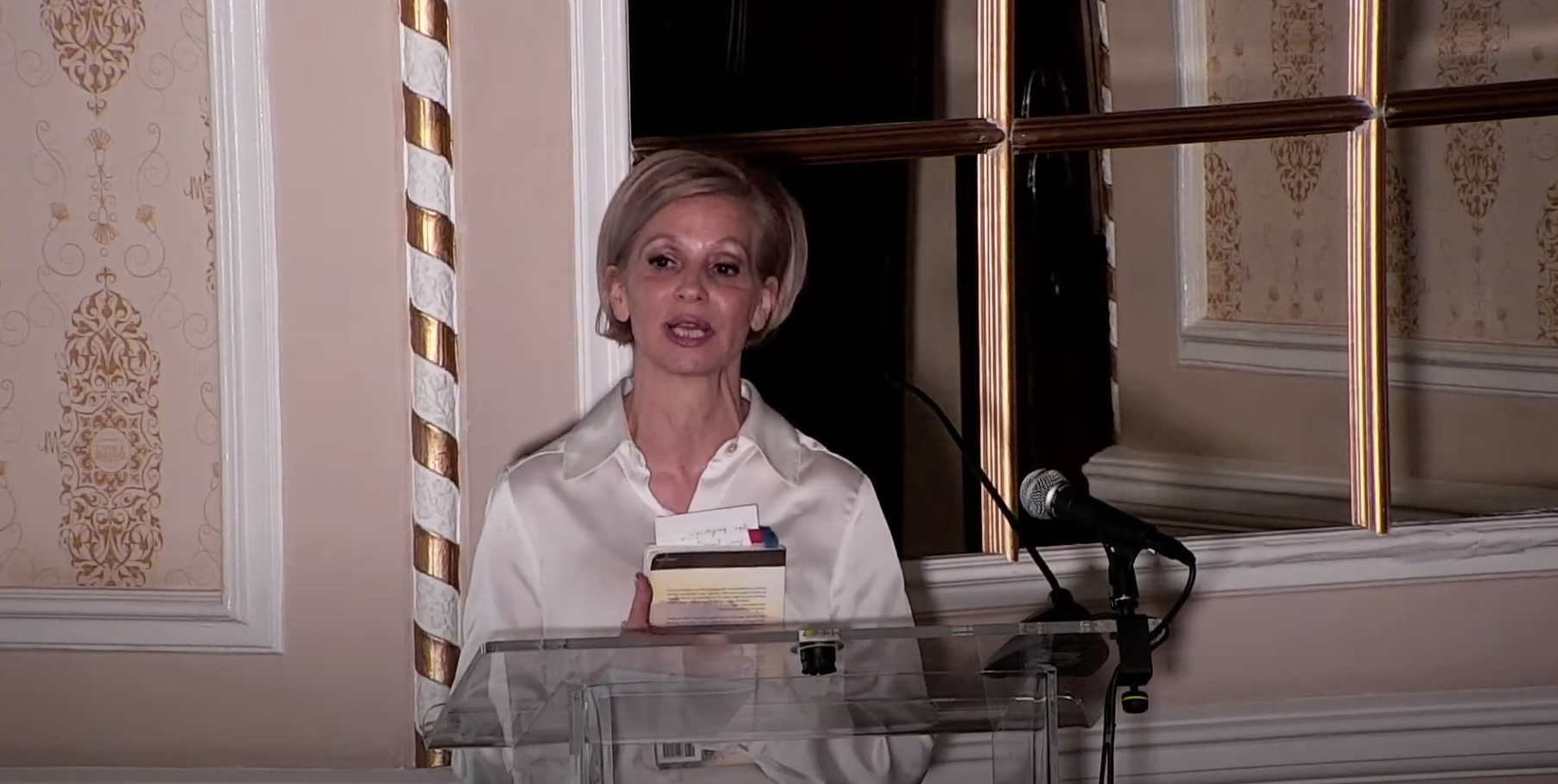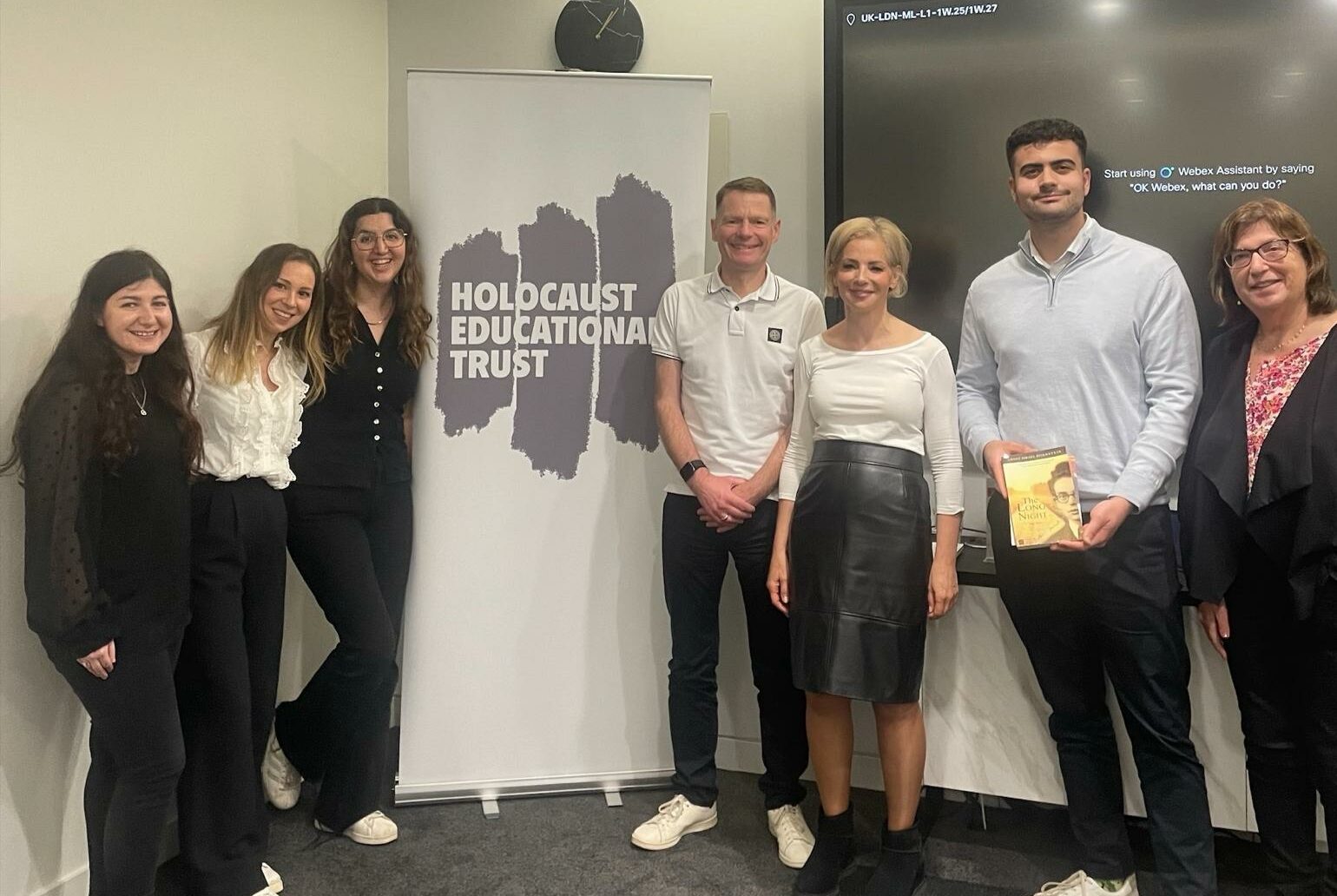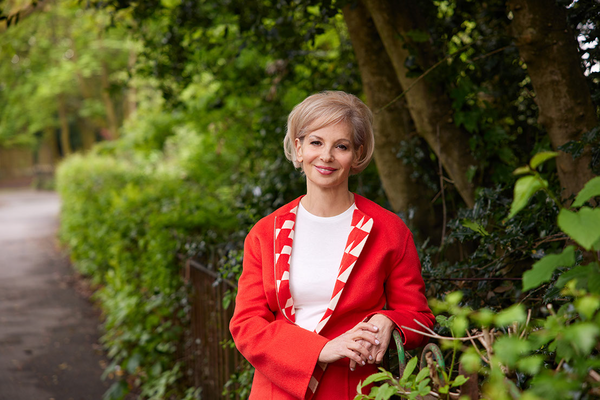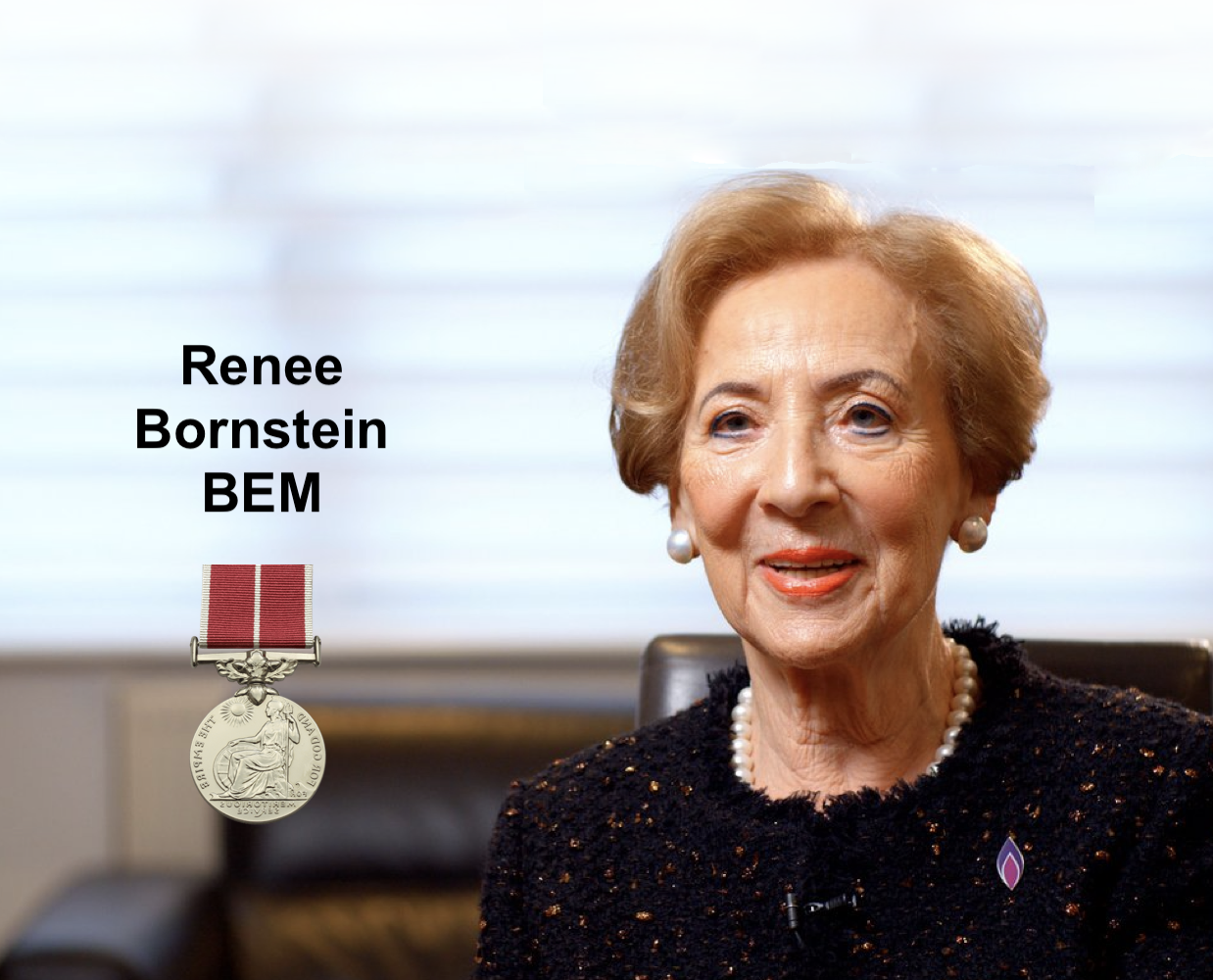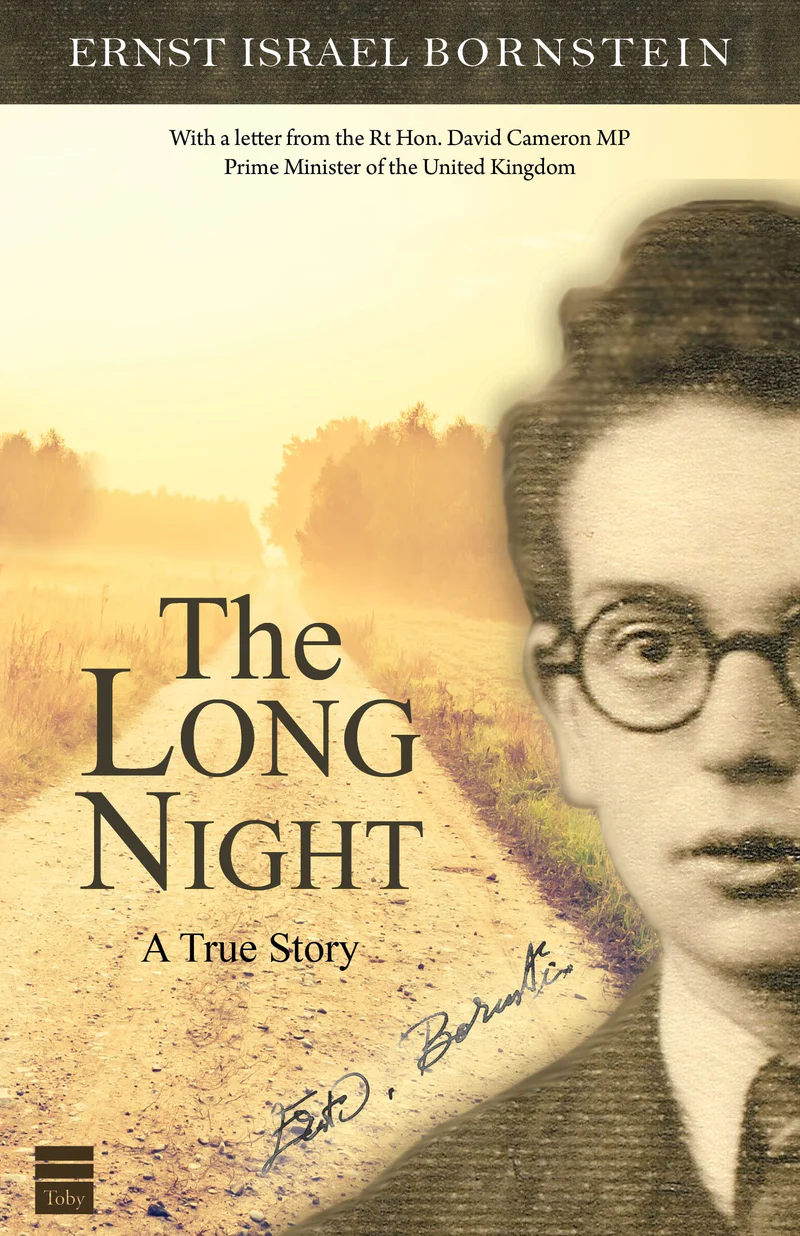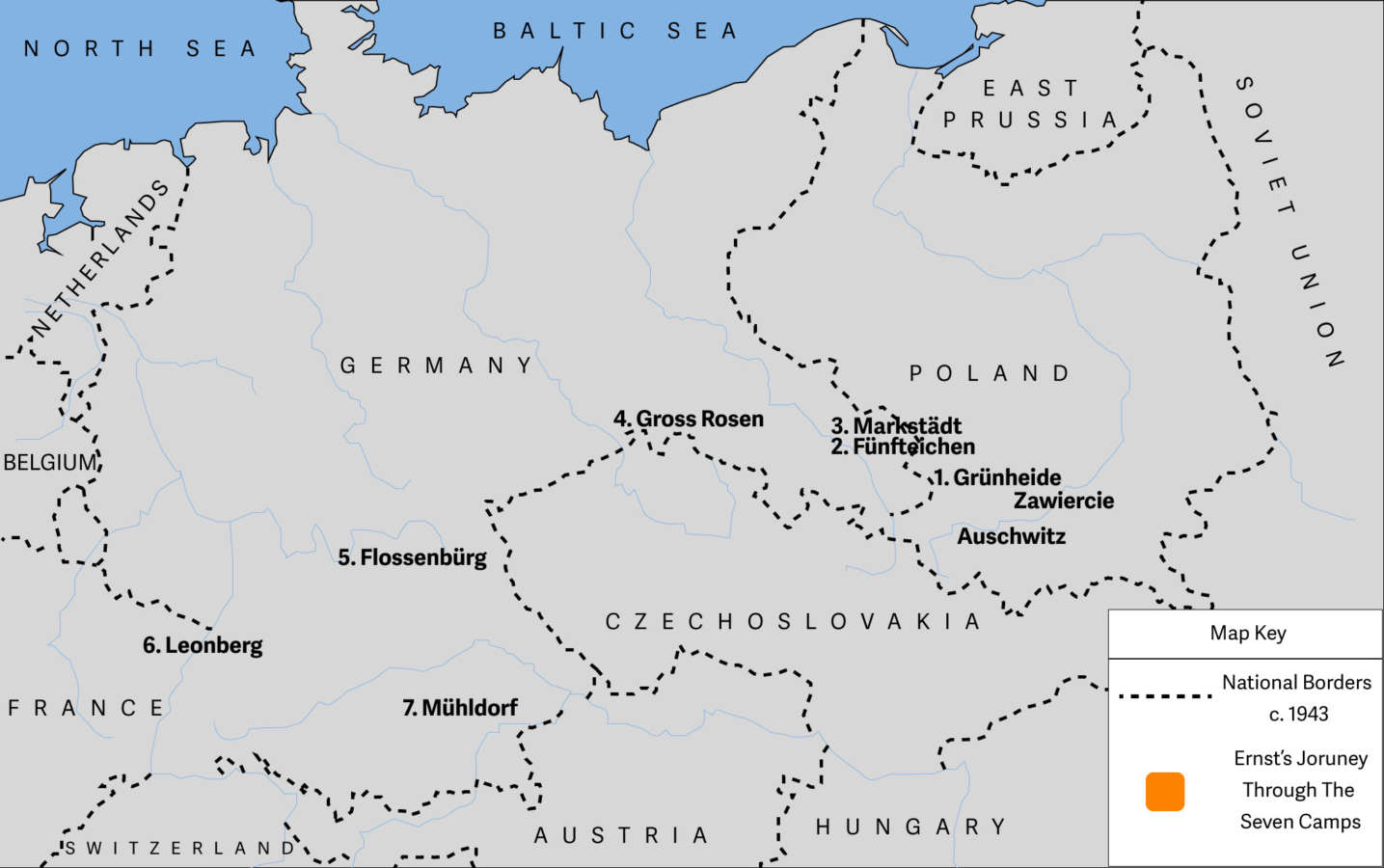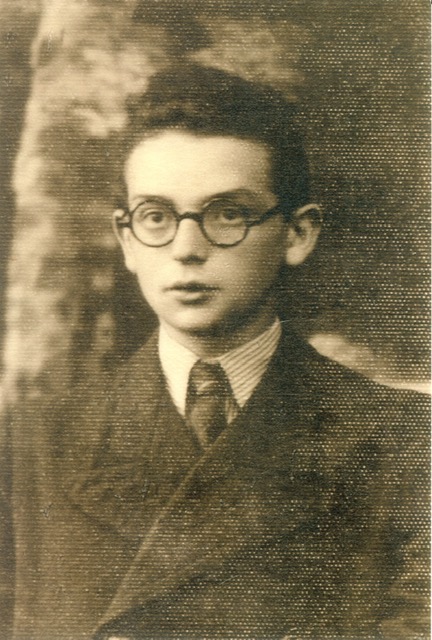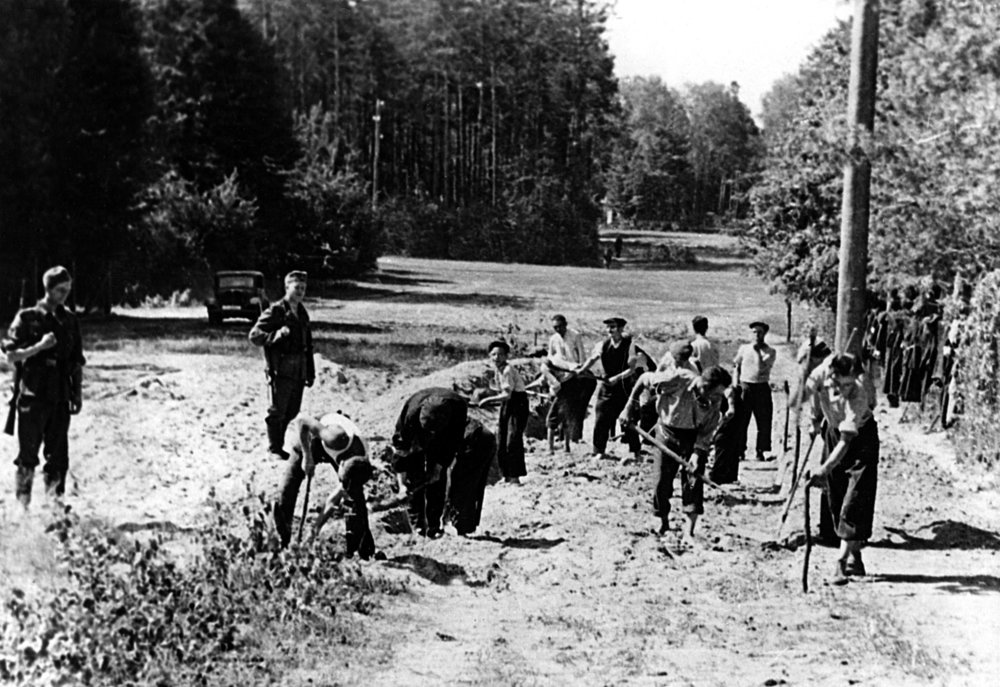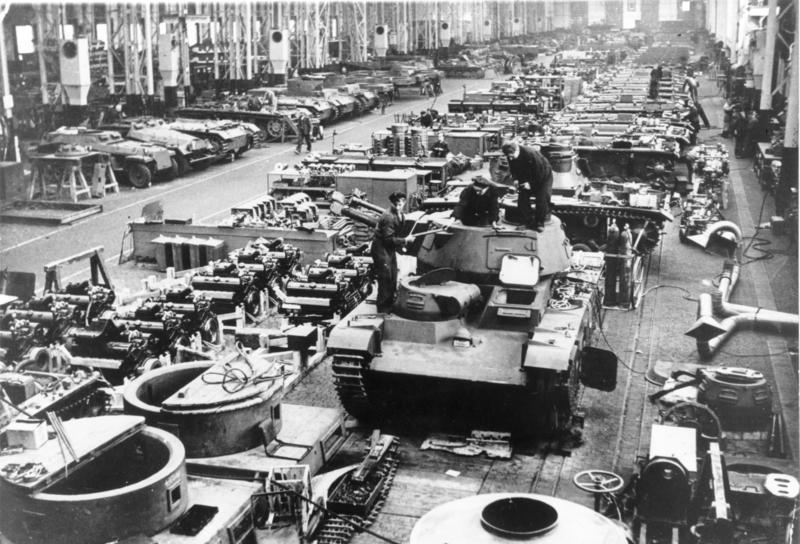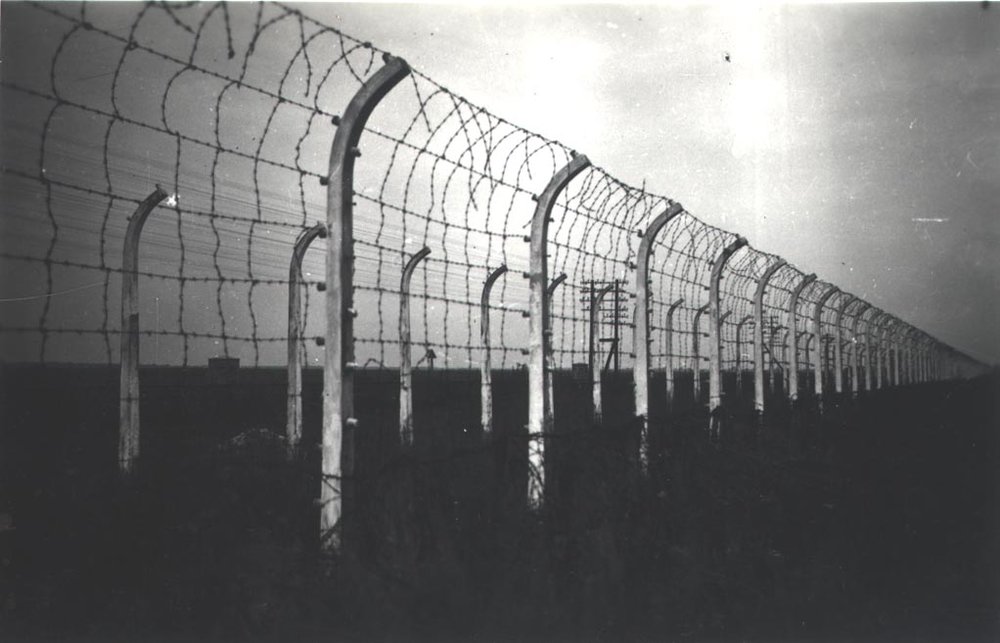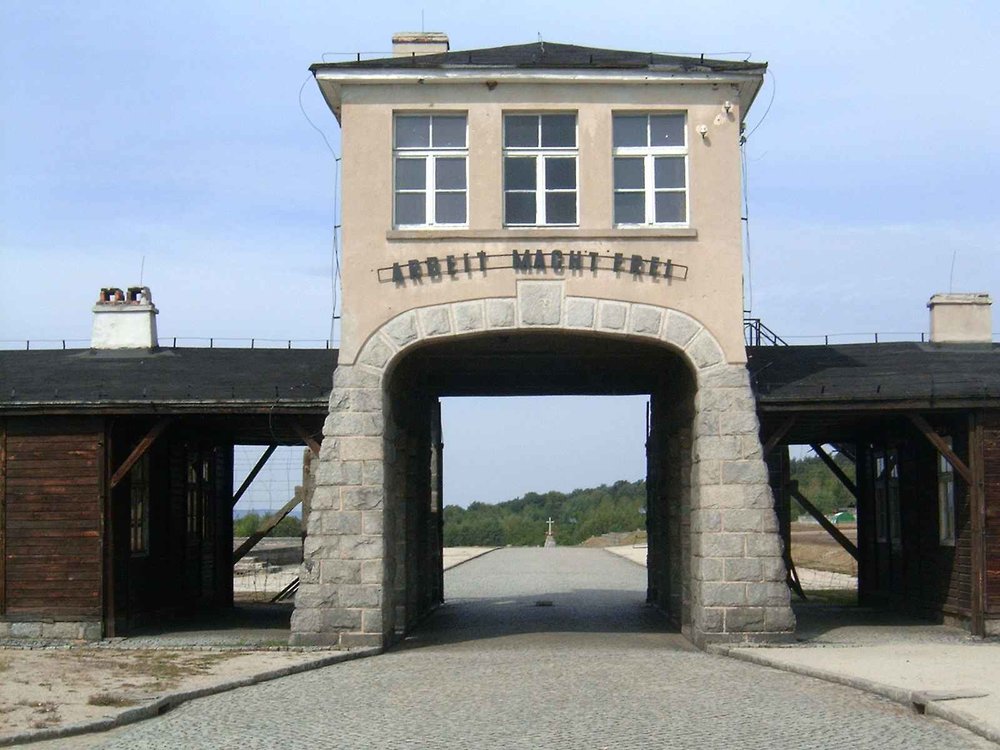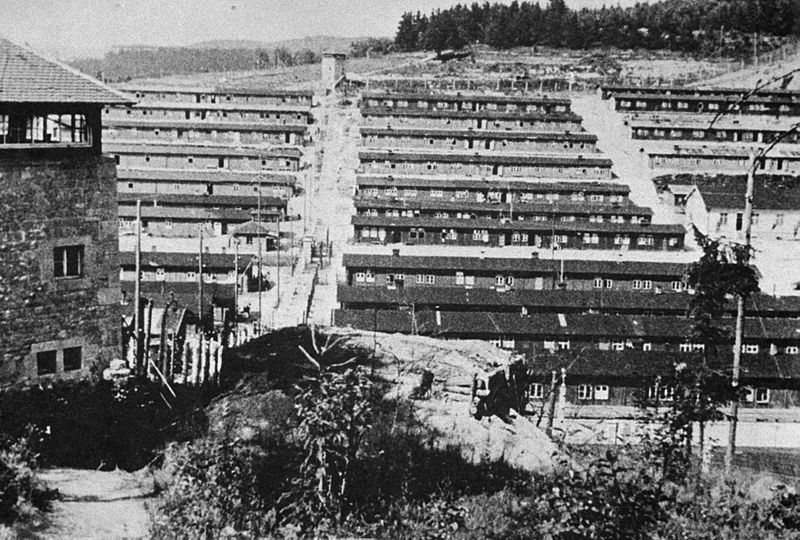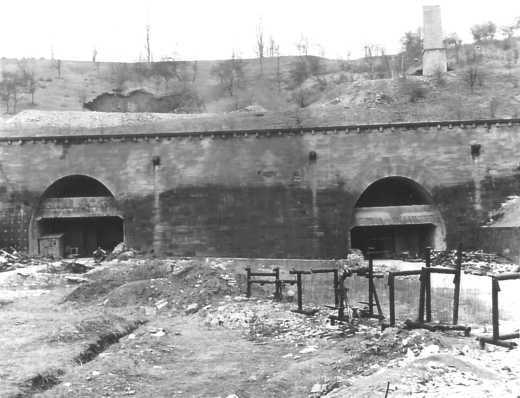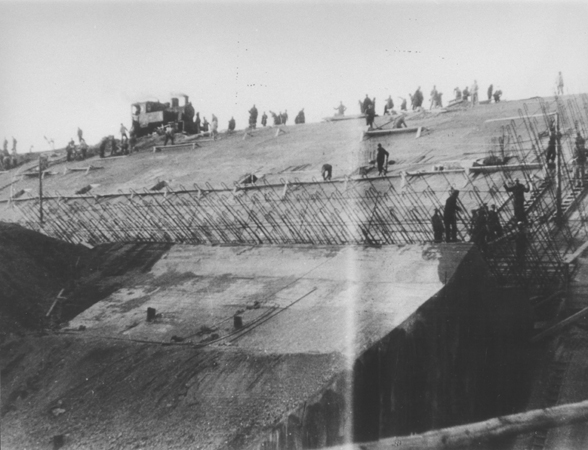Holocaust Matters serves as an important resource for Holocaust education around the world.
Holocaust Matters was founded by Dr Noemie Lopian, who is the daughter of Dr Ernst Israel Bornstein. His memoirs, The Long Night, has sold thousands of copies around the world and reflect on his journey as a 14 year old boy who survived seven Nazi labour and extermination camps during the Holocaust.
Today, Noemie continues to share her father’s and mother’s separate stories of Holocaust survival, speaking regularly at schools, universities, governing bodies and events across the country.

